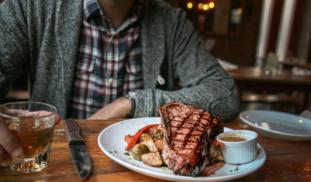Please wait...
About This Project
Even ordinary threats to masculinity trigger anxiety. Since the incorporation of meat signals masculinity, it is used to psychologically defend the ego against omnipresent threats to coveted masculine status. By measuring biological masculinity (Testosterone) and stress response (Cortisol) in participants' saliva we intend to expand on the psychological component of our previous experiments with the physiological component, their interaction, and how negative health effects can be mitigated.
More Lab Notes From This Project

Browse Other Projects on Experiment
Related Projects
Can parental humility help us better understand family health?
Family relationships have a significant impact on our health (Chen et al., 2017). But what makes those relationships...
How does the SFFA v. Harvard federal court case decision affect perceived norms?
My experiment builds on the results that the SCOTUS decision regarding gay marriage changed perceived social...
Disclosure of Mental Illness at Work
Deciding whether to disclose a mental illness (MI) at work may have a impact on one's quality of life. Those...





